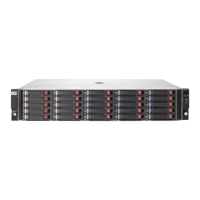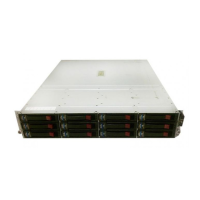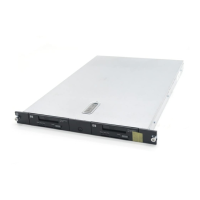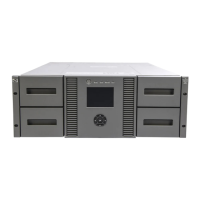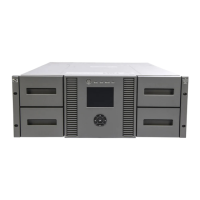iSCSI and Fibre Channel
There are many factors to consider in choosing iSCSI or Fibre Channel, including:
• Lower deployment costs for iSCSI compared to Fibre Channel
• Widespread knowledge of IP technology for iSCSI
• Less expensive IP components
• iSCSI support for many server models
• Open architecture design with iSCSI
• iSCSI performance well matched to small and mid-range storage applications
iSCSI bridge to Fibre Channel
Many iSCSI bridges are compatible with HP-supported Fibre Channel switches. This bridging technology
routes Fibre Channel storage to all servers in an IP fabric.
IP hosts use iSCSI to access Fibre Channel storage systems. The storage systems appear as
direct-attached storage to the hosts.
Key benefits of bridging include:
• Consolidating Fibre Channel storage to both Fibre Channel and IP hosts
• Extending Fibre Channel distance limitations through access to IP networks
The HP-supported iSCSI to Fibre Channel bridge products are as follows:
• B-series iSCSI Director Blade
• B-series MP Router
• C-series IP Storage Services Modules
• C-series 14/2 Multiprotocol Services Module
• C-series 18/4 Multiprotocol Module
• EVA iSCSI Connectivity Option
• EVA4400 iSCSI Connectivity Option
• MPX200 Multifunction Router iSCSI
• SR2122-2 IP Storage Router
iSCSI concepts
This section describes key iSCSI concepts:
• Initiator and target devices, page 356
• iSCSI naming, page 357
• Discovery mechanisms, page 357
• Software and hardware iSCSI initiators, page 359
Initiator and target devices
An iSCSI router manages access between iSCSI targets and iSCSI initiators as follows:
• iSCSI target (logical target)—An end-node device that is typically a storage system, storage router,
or bridge. A storage system with iSCSI support is called native iSCSI storage.
iSCSI storage356

